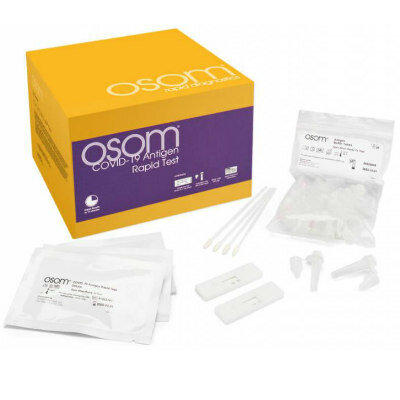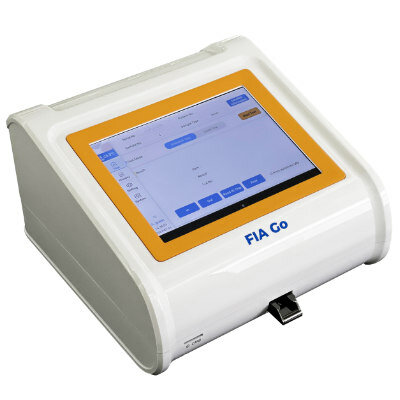Idiopathic Pulmonary Fibrosis Has a Distinctive Protein Signature
By Labmedica staff writers
Posted on 12 May 2008
The first evidence of a distinctive protein signature that could help to transform the diagnosis and improve the monitoring of the lung disease, idiopathic pulmonary fibrosis (IPF) has been reported. This signature could help in diagnosis and monitoring of the lethal lung disease.Posted on 12 May 2008
IPF is a degenerative illness distinguished by progressive lung scarring and diminished breathing capacity, typically leading to death within about five years of diagnosis. It is estimated that five million people worldwide, 130,000 in the United States, are affected by pulmonary fibrosis. About 30,000 people die of the disease every year.
For the study, scientists analyzed the concentrations of 49 proteins in the plasma of 74 patients with IPF and 53 normal controls. A combination of five proteins related to normal tissue breakdown, remodeling, and certain disease processes, including arthritis and cancer, was found to be highly indicative of IPF.
Increases in two of the five, matrix metalloproteinases (MMP) 7 and 1, also were observed in tissue and fluid taken from the lungs of IPF patients. Other proteins in the IPF signature were matrix metalloproteinase 8, insulin-like growth factor binding protein 1, and tumor necrosis factor receptor superfamily-member 1A.
"Our findings suggest that we may be able to monitor what is happening in the lungs by measuring certain proteins in the peripheral blood,” explained senior author Dr. Kaminski, associate professor of medicine at the University of Pittsburgh School of Medicine (Pittsburgh, PA, USA). "More study is needed to confirm whether these biomarkers might be useful as a clinical blood test to detect lung fibrosis. But right now, there is no straightforward test for IPF. The lung is not highly accessible; biopsy procedures carry risk, and while imaging is good, it can't follow the disease biologically.”
The study was reported in the April 2008 edition of PLoS Medicine, an open-access journal of the Public Library of Science.
Related Links:
University of Pittsburgh School of Medicine













